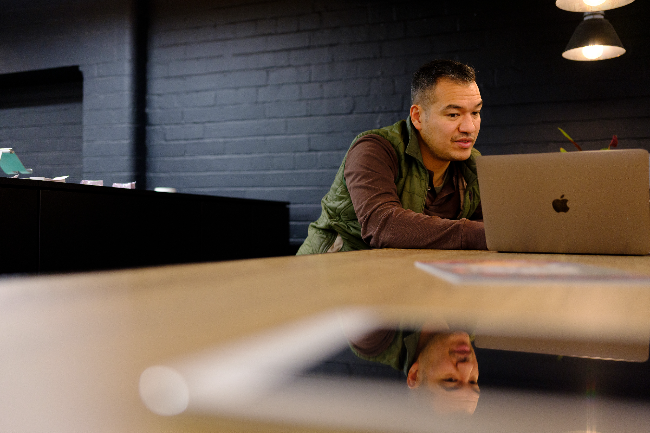
Working in a blended team alongside MoJ staff, we have benefited hugely from their specialist knowledge and expertise
We’re working with the Ministry of Justice to develop their digital services for prison and probation staff and help them better manage their intervention programmes nationwide
dxw is delivering an ongoing programme of work with the Ministry of Justice (MoJ) to develop their digital services for prison and probation staff and give people in their care the best chance of not reoffending.
Last Summer we shared how we created a national refer and monitor an intervention service to help probation practitioners find suitable interventions for people, refer them to the suppliers who run these programmes, and receive regular updates about their progress.
Refer and monitor an intervention originally supported one intervention type, commissioned rehabilitative services which provide a holistic offering for frequently occurring rehabilitative needs. We’ve now started work to bring a significant new intervention, accredited programmes, into the same service model.
Accredited programmes are intensive behavioural programmes which aim to motivate individuals to make positive changes and move away from their reasons for offending.
The vision of the refer and monitor service is to support a wide range of intervention types. So, a key part of this project is to address the specific needs of accredited programme staff in a way that aligns with the wider service.
What we need to create
The project aims to make it easier to find information about available programmes and reduce the time spent on administrating referrals, freeing up staff to focus on the people in their care. The service will also improve the quality and availability of data about accredited programmes to support informed decision making at local, regional, and national level.
This will be one of the first shared services for staff working in custody and the community, aligned with the aim of the One HMPPS programme to bring together prison and probation strategies.
We’re baselining existing practices so we can measure the impact of the service.
Working collaboratively and looking sideways
Building on our previous experience with refer and monitor, our multidisciplinary team was able to start with a good knowledge of HMPPS’ technical, architectural and design standards.
Working in a blended team alongside MoJ staff, we have also benefited hugely from their specialist knowledge and expertise. Being joined by a data specialist, for instance, helped us to build in alignment with the organisation’s data strategy from day 1.
By collaborating with expert stakeholders across the department, we have built our understanding of the opportunities and challenges in this space and they have helped us to reach the operational staff who will ultimately use the service.
We’ve taken time to consider the refer and monitor service and accredited programme processes in the context of other products and services, to support better decision making and improve understanding of the risks and opportunities for the service.
What next?
We’re currently undertaking an extensive review of parallel digital projects to establish opportunities to share and re-use design patterns, data models and technologies. This opens up potential opportunities for flexible digital components and architecture which can be adapted for future needs.
By considering shared approaches, the digital teams involved also hope to achieve a consistent experience for users, who often interact with several services in the course of their work.
Our work is due to complete in Autumn 2023, when we will handover to the in-house team. We’re working closely with our refer and monitor counterparts at MoJ, and documenting our processes and decision making with a clear roadmap, to ensure a smooth handover.